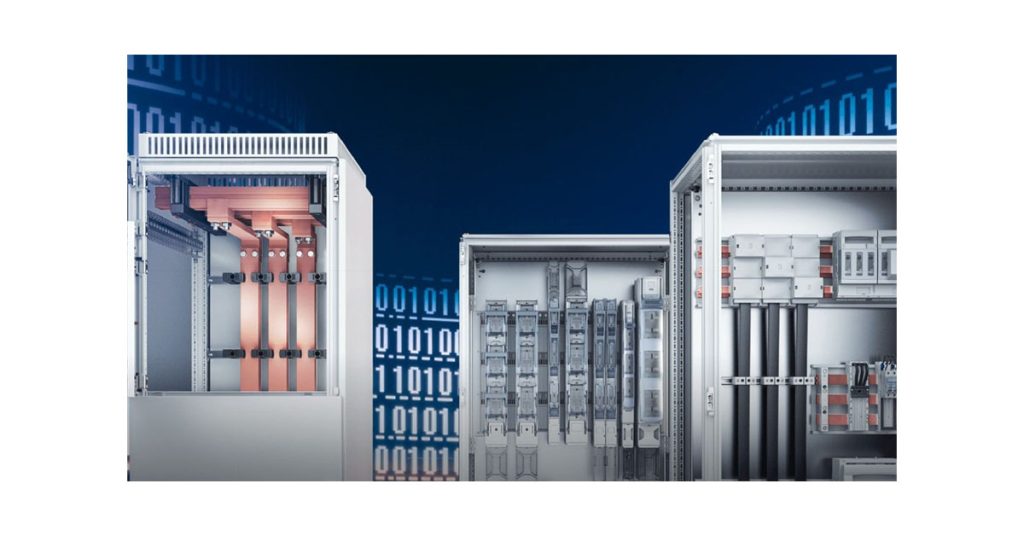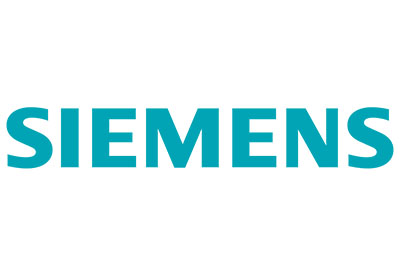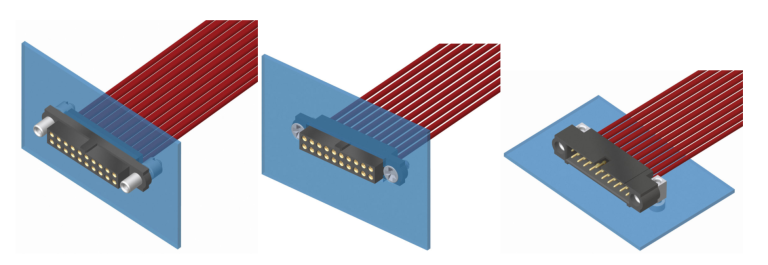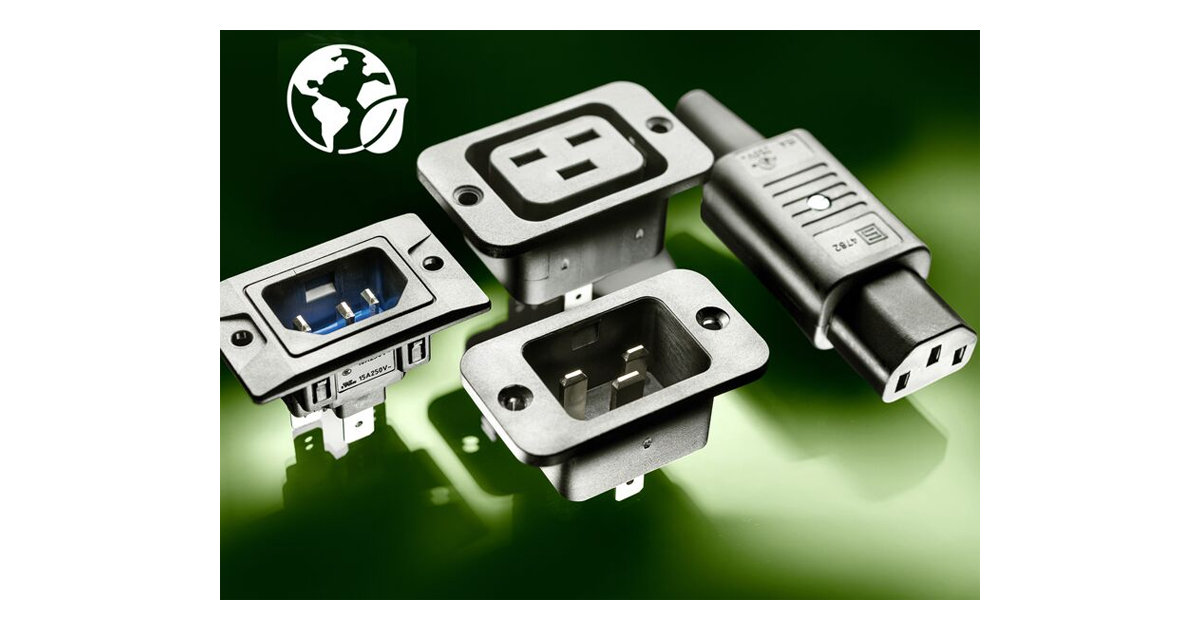5 Things You Didn’t Know About Busbar Power Systems

February 26, 2024
For those in the know, busbar power panels have arrived as a more flexible, space-saving, and efficient power distribution system. For example, the automotive industry is already embarking on a massive transition to busbar power, and it’s only a matter of time before other growth-oriented industries like the material handling and power & energy spaces follow suit.
But even with the increasing popularity of busbar power, there’s much to know about the value busbar provides in helping to create more versatile power distribution systems that can be easily customized to fit almost any application. For instance, the enhanced adaptability of busbar compared to more legacy panel wiring systems can simplify configuration, assembly, and installation to help save time and money.
With this in mind, let’s look at 5 things you may not know about busbar power systems to help you better understand the value they can provide in designing a more energy-efficient and productive automation infrastructure.
1. Busbar power does not rely on large, bulky power blocks
One of the most important value propositions of busbar power systems is that they don’t require the use of large power blocks that are common with more traditionally wired industrial panels. Busbar power panels are designed to replace the side line wiring and accessories of an industrial electrical panel. Legacy industrial panels use large quantities of wires and cables to connect to power distribution blocks (PDBs), which are bulky and take up large amounts of space inside the enclosure.
Busbar power panels replace PDBs and the large number of cables with a single conductor that carries the same amperage while freeing up space inside the enclosure.
2. Busbar power panels are manufactured to global standards for rapid deployment
Speed-to-market and the ability to accelerate the deployment of automation systems are key for manufacturers to be competitive in their market. The variable nature of traditionally wired panels and the lack of product standardization can make it difficult to ensure delivery and deployment in ways that reduce the possibility of downtime. Busbar power panels are manufactured using a series of International Electrotechnical Commission (IEC) and UL guidelines that establish a standardized design that simplifies the dimensions and specifications of busbar power distribution.
What’s more, the standardization of busbar power allows design engineers and panel builders to configure panel layouts across a wider range of enclosure configurations.
3. Busbar offers a more modular approach to power distribution
Part of the difficulty with panel wiring based on PDBs and large volumes of wires and cables is the intensive nature of customizing or modifying these power systems for unique deployments or applications. For example, customizing PDBs can require a high degree of drilling, milling, or tapping, and PDBs can also demand the use of specialized tooling to assemble and install in the field or on the factory floor.
Modular busbar panels optimize panel wiring and configuration efficiency via the ability to scale based on demand without the need for extensive drilling, tapping, or milling. Busbar power panels can be modified to accommodate different configurations or expansions without the need for specialized tooling. Plus, busbar power systems can also be easily retrofitted and customized to accommodate a variety of unique wiring configurations that are necessary for unique enclosure deployment.
4. Busbar is a real space-saver
Not only does busbar power eliminate the need for PDBs and the associated wires and cables, the actual busbar panels are smaller than traditionally wired panels. This helps to increase the amount of electronics that can be installed inside the enclosure, and this also provides more versatility into how busbar panels can be configured.
For example, Rittal’s Mini-PLS Busbar System utilizes a 3-pole, plug-and-lock connection at the front of the panel for easier, more efficient cable configuration. Plus, the Mini-PLS Busbar System offers a variety of mounting capabilities, including a top-mounting that allows for a more versatile use of space inside the enclosure.
What’s more, the reduced size and increased configuration of busbar power panels makes it faster and easier for panels to be swapped. This helps accelerate and simplify preventative maintenance and troubleshooting in service of maximizing uptime.
5. Busbar saves time and money
Time is money, and the amount of time manufacturers can save in configuring or modifying automation components translates directly to increased productivity. The global standardization of busbar power panels means there is no need to bend, drill, or tap busbar panels in order to customize them for specific applications. Plus, all connections to the busbar panel are secured via adapters that are held in place with set screws or tool-less spring clamps. This reduces the amount of labor and equipment required to modify busbar panels.
In addition, the simplified design of busbar power panels also means a systems integrator can install a row of busbar panels with just a few screws to support the DIN rail.
Rittal’s approach to modular busbar power panels can help you create automation systems based on speed, flexibility, and versatility. What’s more, the new Rittal Application Center in Houston, Texas houses state-of-the-art busbar modification tools and services to provide custom busbar solutions for any application.

https://www.rittal.com/us-en_US/Company/Rittal-Stories/Busbar-Power-Systems-5-Things











